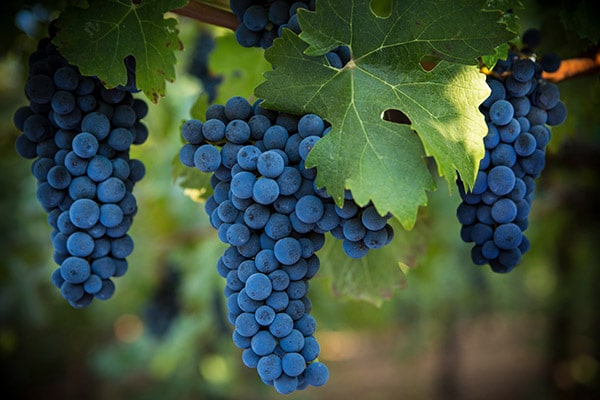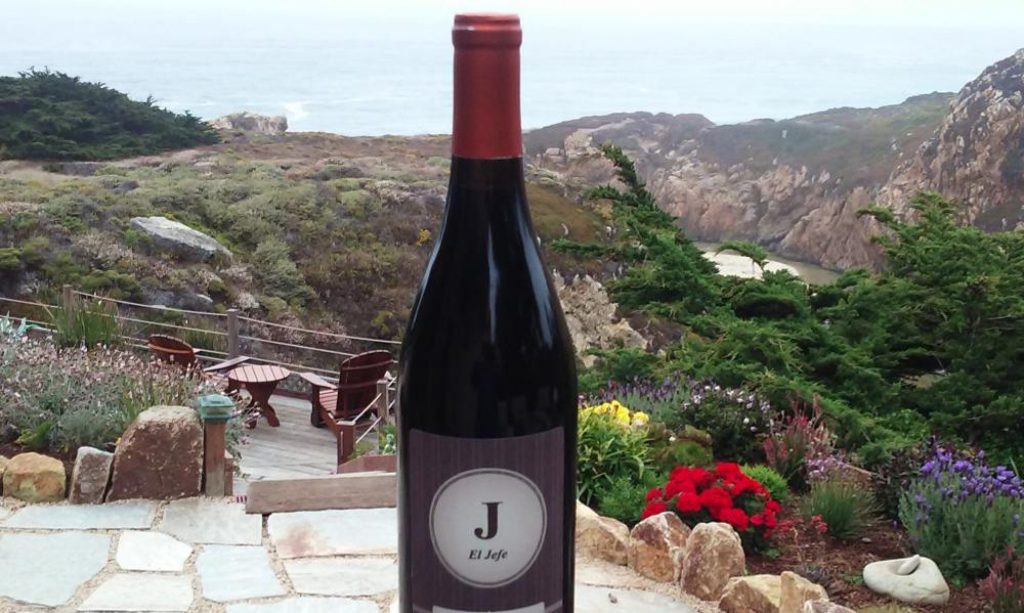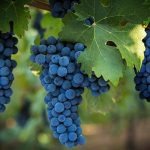What to look for in Cabernet Sauvignon taste.
Love wine tasting, but feel a little intimidated when you get the inevitable, “so what do you think of the wine?” I used to panic, and immediately scan for the wine menu notes (if I hadn’t already been told what I’d be experiencing on MY taste buds – not a big fan of the practice!) Here’s a quick breakdown of the three elements of cabernet sauvignon taste which I find easiest to identify, which will help you frame a confident response.
Three easy to identify keys
- Full-bodied – for me, it’s got to have, well, the opposite of watered-down. There’s got to be a thickness or depth to the flavor.
- Dark fruit – I’m not great at all the nuances the highly discerning wine tasters use in their wine notes. For me, the character of the fruit is what’s most apparent, and goes from what I call dark fruit, like a plum, to the lighter fruits like a cherry. I expect a wonderful cab to go the dark side, plummy or maybe dark cherry.
- Tannins – This is a tough to describe category. I’ve heard tannins described as a “makes your mouth pucker” characteristic, which to me sounds sour, which it isn’t. I like this description and explanation from VinePair’s Guide to Tannins – a sensation of dryness in the mouth, which can run from a little (soft) to extreme, for wines with high tannins meant for aging.
From there, well, that’s the magic for me! The soil, the “clone” (just a technical term for the specific variant of the cabernet sauvignon grape), the micro-climate – they all add intriguing and delicious nuances to the cabernet sauvignon taste. As I’ve progressed in my wine education, I am getting more confident about identifying and putting a name to some of the unique notes in the aroma and taste (but I doubt I’ll ever get the five, even ten descriptors I see in the tasting notes!)
What do the experts say about cabernet sauvignon taste?
So that’s my criteria for wine tasting a cab. What do the experts think? Here’s what Wine Spectator says: “At its best, unblended Cabernet produces wines of great intensity and depth of flavor. Its classic flavors are currant, plum, black cherry and spice. It can also be marked by herb, olive, mint, tobacco, cedar and anise, and ripe, jammy notes. In warmer areas, it can be supple and elegant; in cooler areas, it can be marked by pronounced vegetal, bell pepper, oregano and tar flavors.”
The keys I notice fit right in there, and if you happen to pick up any other smells in the aroma or tastes as you sip, bonus points! Always remember, everyone’s palate is different. As you get more confident discussing what you’re tasting and what you like with your friendly wine educator on the other side, you’ll find they can be a valuable guide. (They may even offer some “off the menu” tastes!)
We always have a wine passport with us as we go exploring (or revisiting favorites with new vintages). Priority Wine Pass is our “go to” passport, with over 350 participating wineries across California, Washington and Oregon. It’s a smart way to go wine tasting – saving on tasting fees means more money in the budget for buying the wines we love! (Use promo code WINERY at check-out, pay only $49 for your one year pass!)


